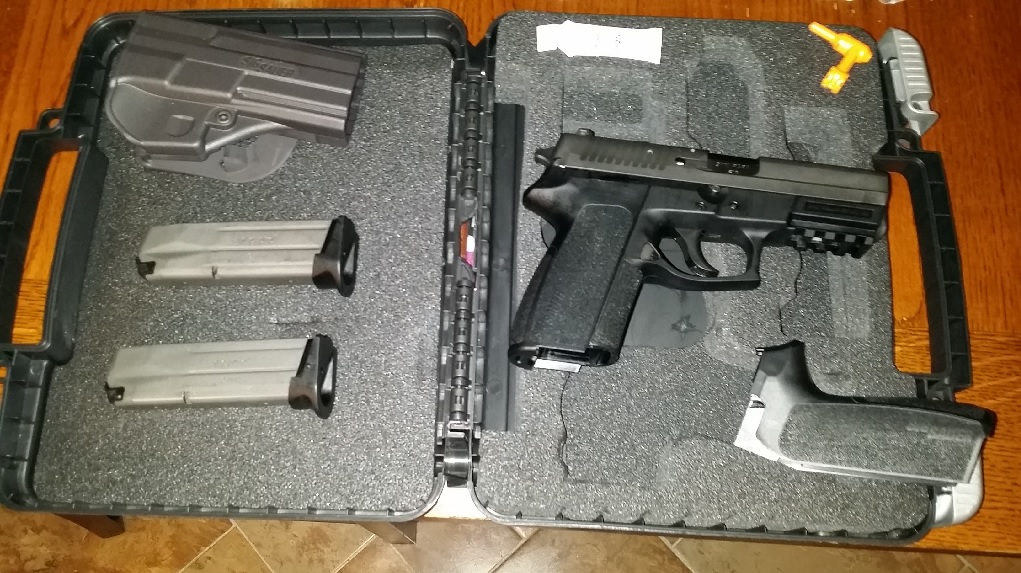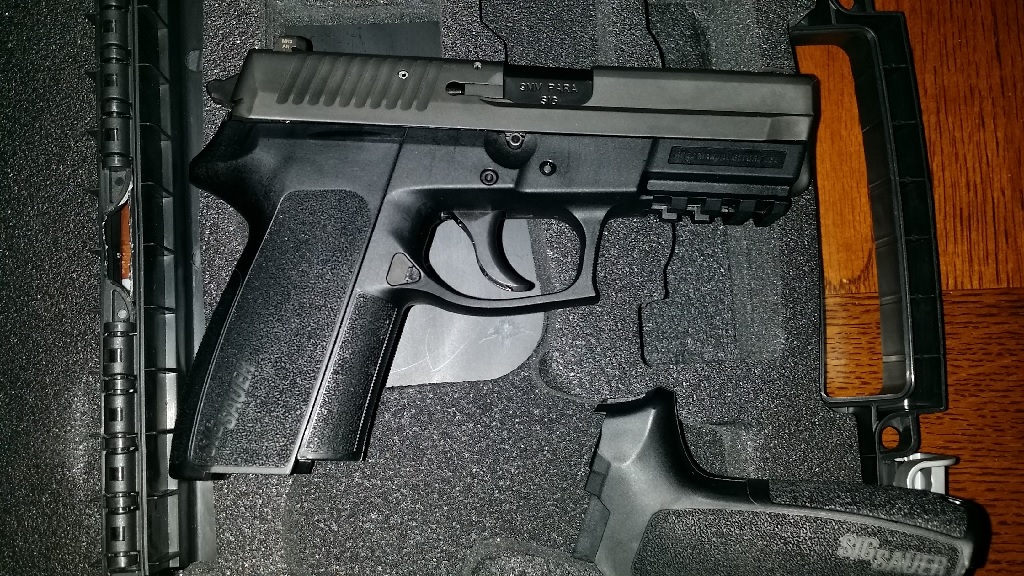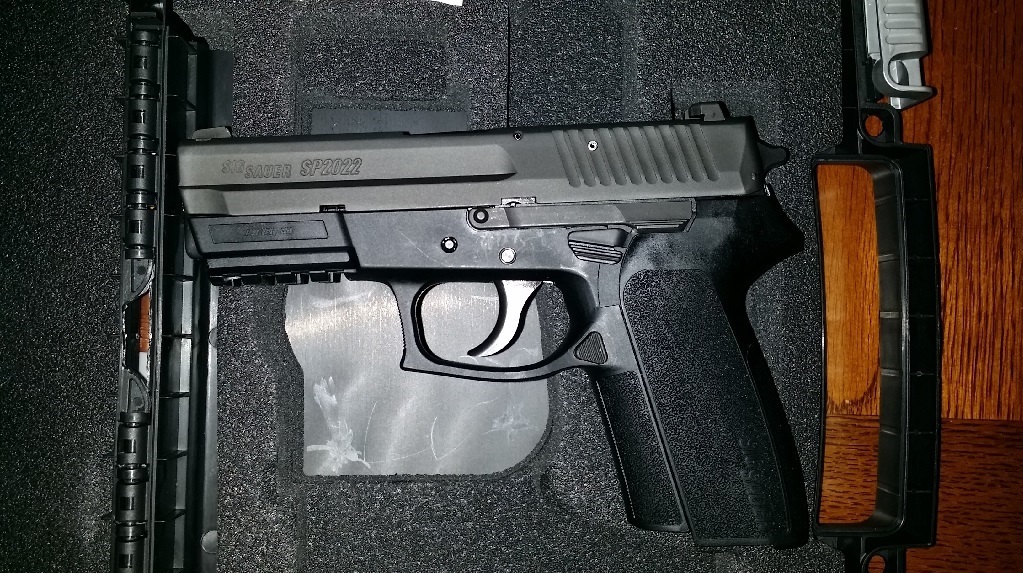Let’s talk about the saying, “You get what you pay for”.
What does it really mean? Is it something people use to justify the high cost of a product? Is there any truth to that statement? Does it pertain to product quality or overall pricing of the product?
I think that statement is HIGHLY subjective. I’ve heard the saying mentioned about many things: computers, cars, firearms, vacuum cleaners… In my opinion the statement can be true, but that totally depends on what you’re looking for in a product.
Let’s focus on that statement as it pertains to cars. Do I have to buy the halo (top tier model) model of a brand to have a car that is needed as a daily commuter? No. As long as the car runs as advertised and is dependable, it can be used as a daily commuter without having to be expensive. A $12,000 car used as a daily driver will probably be just as dependable as a $40,000 car used in a like fashion. Do you need a Cadillac-like ride quality just to get to work? Maybe…maybe not. It totally depends on driver preference.
Now, lets use the same statement but apply it to laptops. In my opinion, buying a good computer outright trumps buying a $300 computer to do things that might need a powerful CPU or lots of RAM. Budget computers cost less because they’ve less capacity to perform complicated tasks. Most modern games with high-quality visuals (think FPS type games such as Battlefield 4) need top-line CPUs, benefit greatly from having access to more than 8GB of RAM, and gives you and advantage when using SSD hard drives. No $300 computers have that type of equipment. If you require a computer with those parts, expect to pay at LEAST $1,000…maybe more if you need a good graphics card and a large hard disk to hold your large software packages. Do I need a loaded Alienware system to play top tier video games? No.
If people buy products that give them an edge in competition, yes, the mantra “you get what you pay for” might apply. They actually NEED to buy the best. But how does this apply to firearms as they relate to ‘regular’ gun owners? I’m asking this because I’m seeing people talk about 1911s like it’s required that you spend at least $1,000 for a good example. Why is that? If I’m to use a 1911 as a duty gun or as a concealed carry weapon, do I actually NEED a $1,000 1911 to be able to shoot a bullet? In my opinion, all a gun needs to do is fire bullets dependably…nothing else. I don’t participate in competition shooting. I don’t have to have the most expensive gun to keep up with the Jones’ or to feel adequate. I just need it to work without failures…that’s it. My view is, why spend $1,000 on a gun when a $500 example of that model will do the task just as well? Some brands have issues, but I don’t believe any brand is issue-proof. The brands I’m relating are the Sig 1911s, Metro Arms 1911s, and Rock Island Armory 1911s. I’d be a fool to think that a RIA 1911 will feel better in my hand than a Sig 1911, but I’m not saying that it would. All I’m saying is, for shooting, an RIA will be just as dependable as a Sig, even though the tolerances on the Sig might be tighter (most 1911s tend to be tighter than non-1911s in tolerance, so I’m not really concerned in that regard). Branding/trademarks aside, they’re all 1911s. Unless I see a particular brand that has many broken slides or guide rods or cracked frames, I’m giving my attention to every brand available, unless I’ve a very specific need that the average gun can’t meet.
I drive my Subaru STI at autocrosses (I specifically bought it because I wanted to autocross). That’s a niche need, though, but the same might apply to guns. Some say that STIs ride too harsh for everyday use. Some say a WRX or other less-focused car would do just as well in autocross. Some want more of the jack-of-all-trades type of car. A car that doesn’t have tracking as a focus can be used in autocross, too…just don’t expect to win any trophies without spending large sums of money in aftermarket parts to address track failings. The driver matters a good bit in autocross, just as a shooter is an important aspect of shooting, but the tool does matter, somewhat. If I’ve a gun that I’m never comfortable with, I’m probably going to be struggling when it’s time to shoot it well. That goes for high end guns, too. My Equinox is a $1,000 gun and it feels great in my hand…I can’t stand the recoil of it, though, to be honest. Because of that, I’ve been shooting my $400 guns a LOT more. So the mantra doesn’t apply well in that situation.
I do not want twenty $1,000+ guns. Not all my guns need to cost that much. Someone said I could’ve had a Sig 1911 with the money I spent on the two lower-end 1911s I recently bought. I disagree. I bought two different brands of 1911, in two different calibers. If I don’t like one or both, I can sell them and recoup most of my money. It’s quite possible I’ll like one better than the other, too. I also might like both better than I would a Sig 1911. It’s a miracle I even bought a 1911 (much less two of them), since I couldn’t stand them in the past.
I guess the bottom line is, I’d rather my first 1911s be cheaper (in price) models than to get another high end gun that I end up not shooting. Also, cheap (as in price) does not mean bad. If you’re going to compare guns, compare like-priced guns, because comparing a $500 1911 to a $1,000-2,000 gun is just plain dumb. Additionally, Armscor (the maker of RIA firearms) has been building 1911s since before World War II. I’ve not heard of many people saying that they make crap guns…they make good guns, but it has to be noted that they’re not trying to compete with Sig’s nor any other high end 1911 maker’s product lines…those would be apples/oranges comparisons. I just need whatever I use to work, nothing else. IMO, the person that typically uses the term “you get what you pay for” are using it as a cop-out unless they can absolutely substantiate such a claim. (By benchmarking, or showing many examples of sub-par products.)


